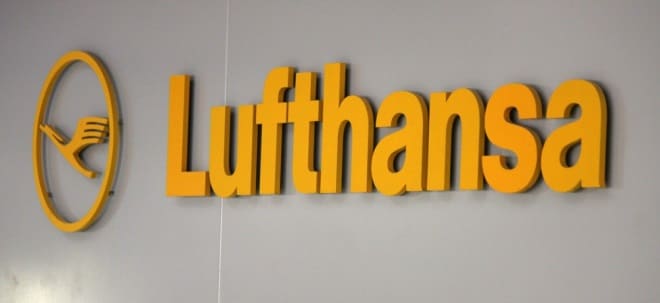Solana co-founder proposes meta chain to fix blockchain fragmentation
Werte in diesem Artikel
Solana Labs co-founder Anatoly Yakovenko proposed a new data availability solution aimed at tackling persistent fragmentation and lack of interoperability across blockchain networks.In a May 12 post on X, Yakovenko proposed a “meta blockchain,” that could aggregate and order data posted across multiple layer-1 chains, including Ethereum, Celestia and Solana.“This would actually allow the meta chain to use cheapest currently available DA offer,” Yakovenko said. Data availability (DA) layers are third-party solutions ensuring that blockchains have the necessary data to validate transactions.Source: Anatoly YakovenkoBlockchain interoperability is one of the most pressing issues for Web3 developers, since today’s siloed layer-1 (L1) blockchain networks have no means of communicating or exchanging data with each other, creating a need for crosschain interoperability solutions like DA layers.Other leading blockchains are also focused on improving DA solutions. Ethereum’s upcoming Fusaka upgrade, expected in late 2025, will focus on scaling the Ethereum mainnet’s capacity as a DA layer by introducing EIP-7594.Ethereum data capacity upgrades. Source: Binance ResearchThis upgrade may boost Ethereum’s value accrual, depending on whether existing Layer-2 blockchains continue choosing Ethereum for data availability in the future, a Binance Research spokesperson told Cointelegraph.Related: Nasdaq-listed GDC plans to buy Bitcoin and TRUMP memecoin for $300MMaking data availability cheap makes “everything else cheap”Creating cheaper DA solutions is essential to reduce the costs associated with blockchain-based transactions, Yakovenko said in a response to his initial post, adding:“Making data availability cheap allows for making everything else cheap. Bandwidth is the irreducible bottleneck.”He also suggested that a more advanced solution could eliminate external sequencers by using a rule-based system to merge transactions across chains, allowing users to send transactions “anywhere.”Related: Bunq, Europe’s second-largest neobank, expands into cryptoOther prominent blockchain industry leaders have also called for more interoperability and collaborative tokenomics among the leading blockchains.Speaking at Paris Blockchain Week 2025, Cardano founder Charles Hoskinson emphasized the need for collaborative economics in the crypto industry to counter growing competition from traditional tech firms entering the blockchain space.Charles Hoskinson. Source: Cointelegraph“The problem right now, with the way we’ve done things in the cryptocurrency space, is the tokenomics and the market structure are intrinsically adversarial. It’s sum 0,” said Hoskinson. “Instead of picking a fight, what you have to do is you have to find tokenomics and market structure that allows you to be in a cooperative equilibrium.”Aiming to align blockchain network incentives, Cardano has been working on “Minotaur,” a multi-resource consensus protocol that combines multiple consensus mechanisms and networks to pay a unified block reward to multiple networks at the same time.Magazine: Charles Hoskinson, Cardano and Ethereum – for the recordWeiter zum vollständigen Artikel bei Cointelegraph Weiter zum vollständigen Artikel bei Cointelegraph
Quelle: Cointelegraph

